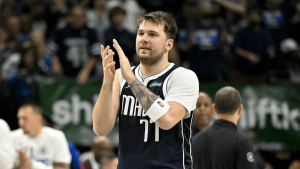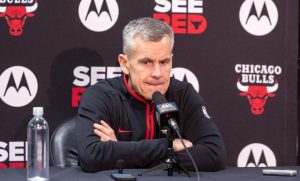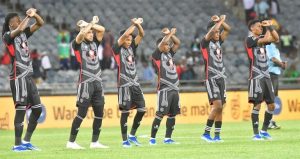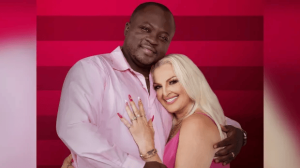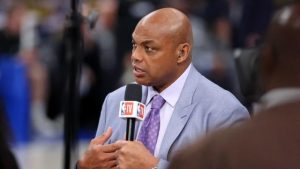
Has the age of amateurism finally come to an end?
The last few years have seen seismic changes in the college football landscape. Recent and rapid conference realignment has consolidated some of the biggest brands into only two leagues while effectively killing the Pac-12. And the advent of Name, Image, and Likeness in 2021 finally opened the door to athletes legally leveraging their talent for profit. Now, a class-action settlement looks to be the most massive change to college athletics in its history.
This week, the NCAA board of governors and the five major conferences voted to approve a settlement in House v. NCAA that would open up billions of dollars to former athletes and direct payments by schools to future players. According to TheAthletic, the amount of retroactive payments could reach up to $2.75 billion and be made retroactively available to athletes from as far back as 2016 for lost NIL opportunities. The Big 12 and ACC were the first power conferences to vote their approval, followed shortly by the Big Ten and SEC, with the Pac-12 casting the final vote yesterday.
The back payments are only half of the equation. The more monumental impact would be from the provision that allows for a direct revenue sharing model from schools to players. Yahoo Sports’ Ross Dellenger reports that as part of the settlement schools would be allowed to share up to $22 million per year with student athletes. The agreement would be in effect for the next decade, which could carry a price tag of $200-$300 million per school over that time.
:no_upscale()/cdn.vox-cdn.com/uploads/chorus_asset/file/25462739/usa_today_16691133.jpg)
I used the word “seismic” before, and it’s one that’s thrown around a lot when discussing changes in college football. But in this case it’s absolutely appropriate. While short of athlete employment or unionization, it upends the concept of amateurism in college athletics. The settlement still needs to be submitted to a US District Court judge for preliminary approval before a long process of opt-outs and challenges from players. Don’t expect to see Cade McNamara cashing checks from Beth Goetz anytime soon. It’s likely we wouldn’t see the first such payments until the 2025 season.
The settlement is likely a best case scenario for the NCAA, which is also facing multiple legal challenges outside of the House case, and allows something of a “get out of jail (almost) free” card. Had the NCAA took the case to court and lost, they may have been on the hook for over $20 billion in damages and risk bankruptcy according to Dellenger.
There are other aspects to the settlement besides player payments but the payments are the most far reaching. Schools will now have to find approximately $22 million in additional funds from somewhere, and that could lead to non-revenue generating sports facing the chopping block. It could also spur another wave of conference realignment, with schools like Florida State, Clemson, and possibly North Carolina ramping up efforts to escape the ACC’s albatross of a media rights deal for more money in the SEC or Big Ten.
Also notably, while the settlement is billed as a revenue sharing agreement, it appears it will be treated as revenue sharing by the school with all its athletes rather than revenue generated by specific athletic programs being shared with their respective athletes. All this to say, Title IX will apply and if schools big or small are paying out money to football players they will also need to be paying out the same amount to the women’s rowing team or its equivalent loss-leader. So if schools do look to cut non-revenue sports to save money, they’ll need to do so in a way that still leaves equal male and female athletes who will receive equal shares of the revenue pie despite virtually all of the revenue coming from football (and in some cases men’s basketball – even in a place like Iowa with its sellout crowds does not break even on women’s basketball or wrestling).
:no_upscale()/cdn.vox-cdn.com/uploads/chorus_asset/file/25462729/usa_today_20464656.jpg)
So where does this leave Iowa? I would argue very lucky to be in the conference it’s in. The Big Ten’s media deal will be a significant source of these athlete payments, on top of the additional College Football Playoff revenue distributed to it and the SEC, at the expense of other conferences. There could still be cuts coming to the athletic department in some form or another, but the Iowa program is better off than many schools should this settlement go into full effect in the coming years.
If there is one certainty, it’s that college athletics will never go back to the old amateur model again. The door that was cracked open by NIL in 2021 has been blown off its hinges by this settlement. After decades of preaching the gospel of the amateur student athlete while raking in billions of dollars on the backs of those same students, the NCAA will now have to reckon with the problems they refused to acknowledge for years. And with other legal challenges waiting in the wings, this could only be the beginning.

